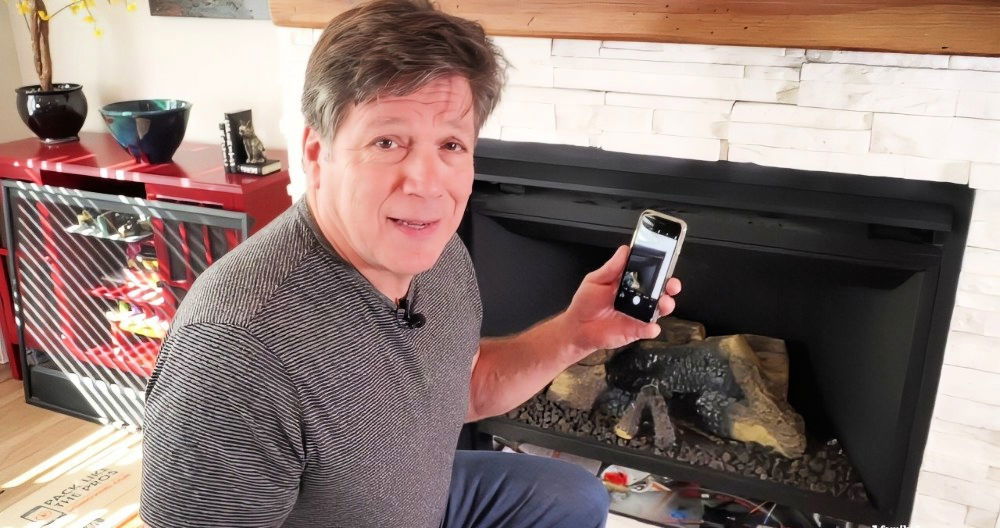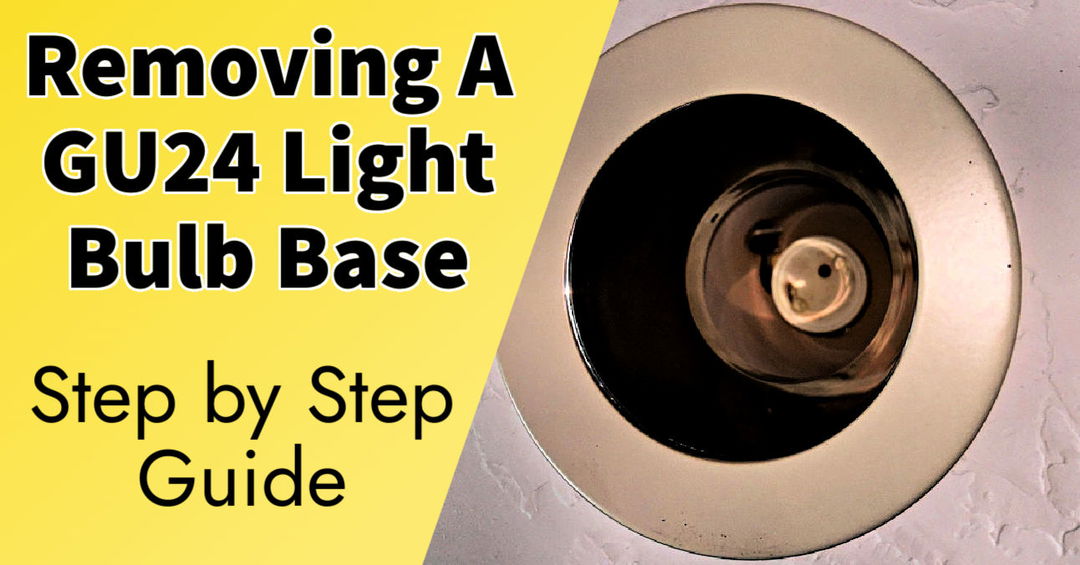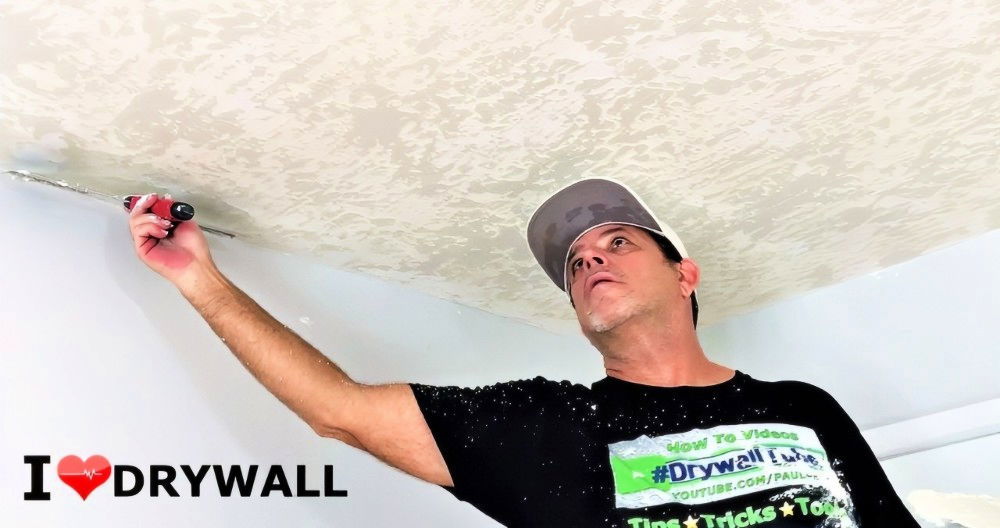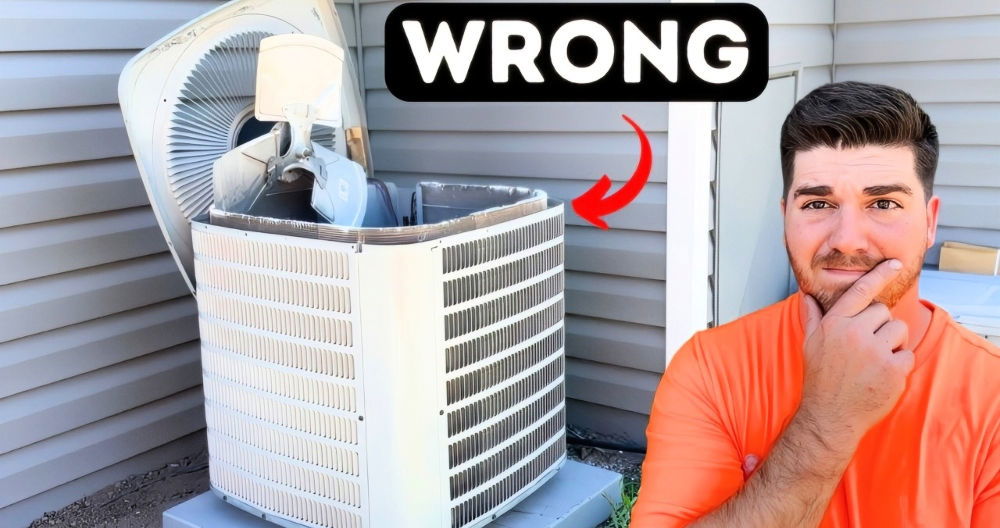A gas fireplace is a convenient and efficient way to bring warmth and ambiance to your home without the hassle of traditional wood-burning fireplaces. Whether it's fueled by propane or natural gas, knowing how to safely and effectively light a gas fireplace is essential for enjoying its cozy benefits. This comprehensive guide will show you how to light a gas fireplace, prioritizing safety and convenience.
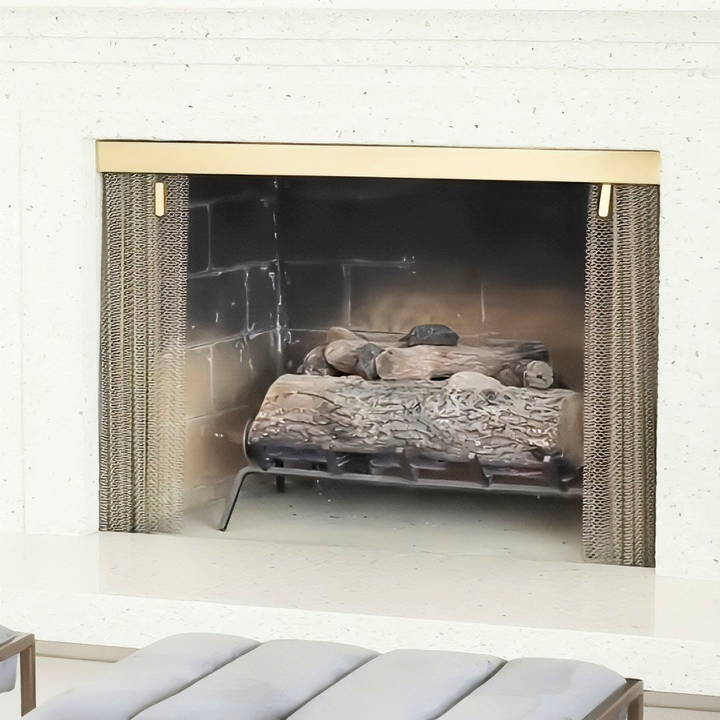
What You'll Need to Light a Gas Fireplace
Before lighting your gas fireplace, gather the necessary tools and ensure everything is in place:
- Gas Valve Key: This is a specialized tool used to control the gas flow in fireplaces equipped with a manual valve.
- Long Lighter or Matches: For manually igniting the gas.
- Access to the Fireplace Screen or Cover: Sliding screens or glass covers should be opened to safely access the firebox.
Step by Step Instructions
Discover how to light a gas fireplace with step-by-step instructions, safety tips, troubleshooting advice, and the benefits of using a gas fireplace.
1. Open the Chimney Vent or Flue
Before lighting the fireplace, ensure the chimney vent or flue is open. This step is crucial for both wood-burning and gas fireplaces as it allows proper ventilation, preventing gas buildup in the room.
- Locate the flue lever, typically found near the base of the chimney.
- Open it completely to allow airflow during operation.
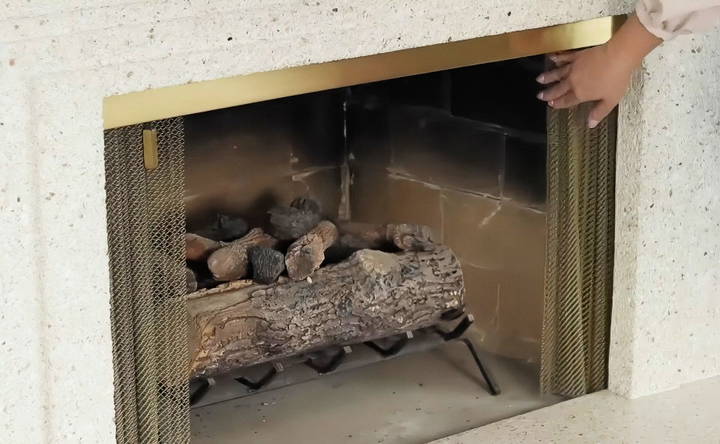
2. Check for a Fireplace Screen or Cover
If your fireplace is equipped with a sliding screen or glass cover, open it to access the firebox. This prevents obstruction and makes it easier to light the fire safely.
3. Turn On the Gas Supply
- For fireplaces that utilize a manual gas valve: Insert the gas valve key into the valve.
- Turn it counterclockwise to open the gas flow. You should hear a soft hissing sound, indicating gas is being released into the firebox.
- For fireplaces with built-in electronic ignition systems: Simply turn on the power switch or control panel to start the gas flow.
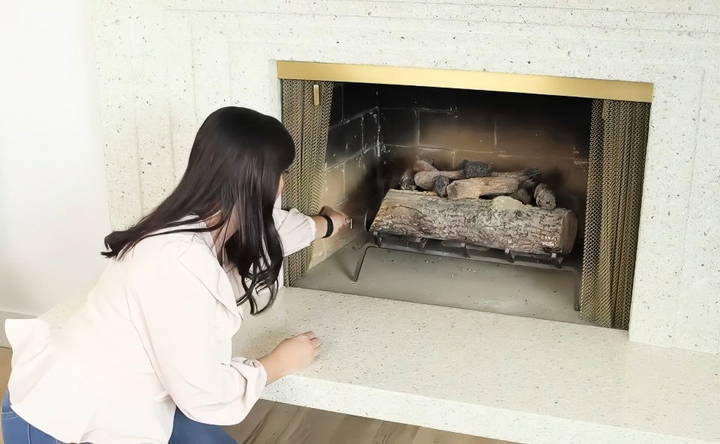
4. Ignite the Fireplace
- Using a long lighter or matches, bring the flame close to the gas source in the firebox. Ensure you maintain a safe distance while doing this.
- The gas should ignite almost instantly. If it doesn't, turn off the gas, wait a few minutes for the area to clear of residual gas, and try again.
- For models equipped with a pilot light: Locate the pilot light assembly and follow the manufacturer's instructions to ignite it before turning on the main burner.
5. Adjust the Flame Height
- Once the fireplace is lit, you can adjust the flame height for your desired level of warmth and ambiance: Use the gas valve key to control the flow. Turning it clockwise decreases the flame size, while counterclockwise increases it.
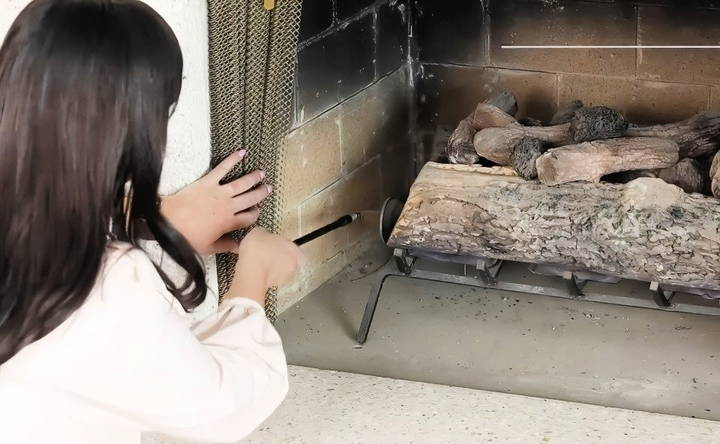
Turning Off Your Gas Fireplace
When you're done enjoying your fireplace, shutting it off is straightforward:
- Insert the gas valve key into the valve.
- Turn it clockwise to shut off the gas completely.
- For electronic ignition systems, simply turn off the switch or control panel.
Safety Tips and Precautions
Lighting and operating a gas fireplace comes with some risks. Follow these safety tips to ensure a safe and enjoyable experience:
- Ensure Proper Ventilation: Always open the chimney vent or flue before lighting the fireplace. Improper ventilation can lead to carbon monoxide buildup.
- Regular Maintenance: Schedule routine inspections to check for gas leaks, worn-out components, or any blockages in the venting system.
- Carbon Monoxide Detector: Install a carbon monoxide detector near your fireplace as an extra layer of protection.
- Avoid Gas Buildup: If the fireplace doesn't ignite immediately, turn off the gas and wait a few minutes before attempting again.
- Keep Flammable Items Away: Ensure furniture, decorations, or curtains are kept at a safe distance from the fireplace.
- Supervise Flames: Never leave a lit fireplace unattended, especially with children or pets in the room.
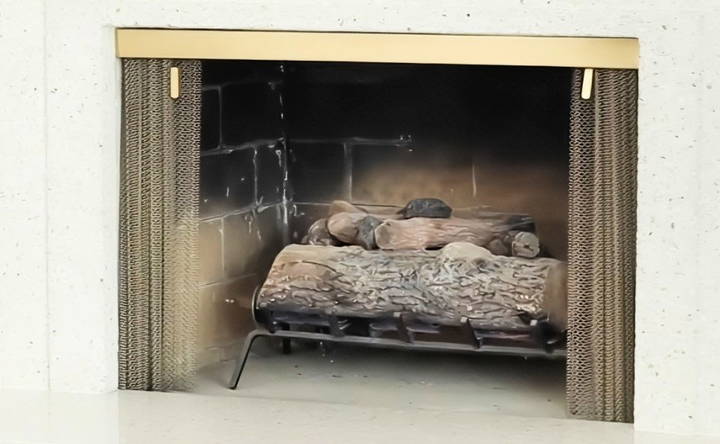
Common Problems When Lighting a Gas Fireplace
Here are some issues you might encounter and their possible solutions:
1. The Gas Doesn't Ignite
- Possible Cause: Gas supply is turned off, or the pilot light isn't lit.
- Solution: Check that the gas valve is open and follow the steps to relight the pilot light if necessary.
2. Weak or Uneven Flame
- Possible Cause: Blockage in the burner or insufficient gas flow.
- Solution: Clean the burner ports and check the gas pressure.
3. Unpleasant Odor
- Possible Cause: Dust or debris burning off.
- Solution: Clean the firebox and burners regularly. If the odor persists, consult a professional.
Advantages of a Gas Fireplace
Gas fireplaces are increasingly popular due to their numerous benefits:
- Convenience: Easy to light and control compared to traditional wood fireplaces.
- Low Maintenance: No ashes or soot to clean up.
- Energy Efficiency: Provides a consistent heat source with adjustable settings.
- Eco-Friendly: Produces fewer emissions than wood-burning alternatives.
- Year-Round Use: Many models can be used even during warm weather with flame-only settings for ambiance.
Conclusion
Lighting a gas fireplace is a simple process that can transform your home into a warm, inviting space on chilly nights. By following these steps and prioritizing safety, you can enjoy the cozy ambiance without the hassle of traditional wood-burning fireplaces. For more detailed information, consult your fireplace's user manual or reach out to a professional.
Warm up your home with confidence, knowing you're equipped to light your gas fireplace safely and effectively!
FAQs About Lighting a Gas Fireplace
Learn the top FAQs about lighting a gas fireplace, including safety tips, troubleshooting, and maintenance advice for a smooth experience.
No, it’s unsafe to leave your gas fireplace on while you sleep. Always turn it off before leaving the room or going to bed.
A professional inspection is recommended annually to ensure safe and efficient operation.
If you detect a strong gas odor, turn off the fireplace immediately, open windows for ventilation, and call a professional or your gas provider.
Some newer models have electronic ignition systems that don’t require a gas valve key. Check your fireplace’s manual for details.
Always turn the gas supply off when the fireplace is not in use. Leaving it on unnecessarily increases the risk of gas leaks, which can be hazardous.
Inspect the unit for proper log placement, sooting, and flame color. Refer to the data plate for lighting instructions, or consult the manual. Consider having a technician inspect the unit before use.
Check if the gas flow is fully open and ensure the logs are correctly placed. For enhanced heating efficiency, consider upgrading to a fireplace insert designed to emit more heat.
Gas fireplaces use artificial logs made from ceramic or refractory materials designed to withstand high heat. They mimic real wood but don’t burn.
Always ignite the gas from the bottom of the logs using a long lighter or match. This minimizes the risk of accidental burns from reaching over the firebox.
Turn off the gas immediately, ventilate the room, and do not attempt to light the fireplace. Call a professional to inspect for potential gas leaks.
No, always light the gas with the igniter or match ready. Allowing gas to accumulate before lighting can lead to a dangerous flare-up or explosion.
Flames should be 60% blue for efficient combustion. Yellow flames indicate incomplete combustion and potential sooting. Contact a technician if this occurs.
Yes, install a carbon monoxide detector in the same room as the fireplace to monitor for dangerous gas buildup. These devices provide an essential layer of safety.







